In 2018, when I first began engaging in debates over what is today called “postliberalism,” more than a few of my fellow academics told me not to waste my time. In their view, it was an especially niche debate among a few mostly obscure and highly placed academic eccentrics.
But we should all care because postliberalism is now on the presidential ballot, and many of the same people I spoke to are scrambling to understand why and how. To do so we must understand what “postliberalism” means, who the major actors are in developing its ideas and influencing political elites, and the next steps for postliberals given that they now have one of their own on the 2024 Republican presidential ticket in Ohio Sen. J.D. Vance.
Put simply, postliberalism is three things. First, it is an authoritarian ideology adapted from Catholic reactionary movements responding to the French Revolution and, later, World War I. Second, it is a loose international coalition of illiberal, right-wing parties and political actors. Third, it is a set of policy proposals for creating a welfare state for family formation, the government establishment of the Christian religion, and the movement from republican government to administrative despotism.
The third point might sound unhinged, but postiberals have come to object to liberalism. While most Americans know the term “liberalism” as a reference to a left-of-center ideology common among Democrats, the other common use is in reference to a political theory that prioritizes individual rights as a source of political authority and human flourishing. Postliberals believe this “classical liberalism” to be a disembodied secularizing (even satanic) force that uses the language of liberty of conscience, representative government, and constitutionalism to conceal the true liberal aim of denying the authority of the highest good. In their view, liberalism has presently fallen apart, and there is now no need to “conserve” classical liberalism as movement conservatives like William F. Buckley Jr. to Milton Friedman and Ronald Reagan had argued.
On the contrary, postliberals want to end liberalism and entirely replace it with what comes next—what is literally “postliberal.” Given that liberalism entails liberty of conscience, representative government, and a constitution, none of those will be part of a postliberal order. Citizens will become subjects. Personal liberty gives way to bureaucratic discretion. Market economies are replaced by an alliance of corporate and state power.
What does that mean in policy terms? If Donald Trump wins the presidency again in November, does that mean we could be one election away from a postliberal America? The answer is, for postliberals, eventually. Postliberals have adopted a long game, believing that they will not secure policy wins all at once but rather one at a time. For example, family policy might wed middle-class voters to postliberalism like tax cuts once united them to movement conservatism. Family policy could thus become the leverage for future postliberal positions, such as giving China and Russia free hands in their spheres of influence. After all, why should America spend money defending Ukraine when the nation could spend that money on rebuilding the American family? This might sound far-fetched, but one should consider that recommendations for a middle-class welfare state and opposition to Ukraine are coming from postliberals, who are repeating messages from Viktor Orbán in the process. This is not speculation but their stated position.
Much of this is new to many ordinary American conservatives, but these arguments are actually quite old and have unpleasant roots.
What are the historical roots of postliberalism?
“Postliberalism” as an ideology has complex origins: medieval papalism, ultramontanism, and continental reactionary thought.
Medieval papalism was the school of thought that the pope’s claim to spiritual authority over Christendom made him the true sovereign over Christian subjects. Hence, the church could authorize a king’s subjects to revolt against his rule in favor of a person the church favors.This school of thought reached its zenith under Pope Boniface VIII, who issued the 1302 bull, Unam sanctam, to declare his spiritual sovereignty over Christian kings. The result was that the French king, Philip the Fair, kidnapped him, and Boniface died soon after of an “illness” and thus ushered in a century-long religious and political crisis called the “Babylonian Captivity” with its popes and anti-popes. We are not off to a good start.
Ultramontanism (based on the Latin meaning “beyond the mountains,” meaning the Alps) was the successor ideology to papalism after the Reformation and the rise of nation-states. In this case, ultramontanism referred to the deference Catholics should pay to obeying the pope over secular laws when the two were in conflict.
Finally, and perhaps most obscure, is the rightwing continental reaction to the French Revolution, which requires more explanation. For post-revolutionary reactionaries on the European continent, liberalism—based on the belief that individual rights informed political authority—was the effort of radicals to destroy traditional institutions of authority, namely the throne and altar. So continental reactionaries did not engage with liberal ideas as much as they sought to discredit them by attacking their supposed origins—Jews and Freemasons—and the shadowy agents that inserted them into national political life.
Early reactionaries like Louis de Bonald in his 1806 article in the Mercurie “Sure le Juifs” joined Adam Smith’s concept of a commercial society to the prosperity of the Jews, for example, and how their continued freedom would spell their control of France. Later reactionaries, like Louis Veuillot, Henri Roger Gougenot des Mousseaux, and Édouard Drumont, fashioned conspiracy theories joining the Jews to the Freemasons in what became known as the “Judeo-Masonic” conspiracy theory. The conspiracy experienced widespread adoption, as Catholic clerics and political operators bought into it for its convenience in exonerating the old Catholic monarchies they hoped to restore. Rather than absolute monarchs being corrupt or incompetent, they became, for reactionaries, innocent victims of Jewish tricks and Masonic treachery.
Postliberalism in the 20th century.
World War I ended reactionary hopes for the restoration of the monarchies of the past. Many monarchists shifted to becoming “integralists” or rightwing revolutionaries who hoped to establish modern states with a Catholic dictator overseeing bureaucratic administration. The ideological architect for this project was mid-19th century Spanish monarchist Juan Donoso Cortés, but much of his work had become obscure until Nazi jurist Carl Schmitt resuscitated it in his critique of the Weimar Republic and, eventually, his support of the Third Reich. In 1923, Schmitt saw in the papacy the last remaining example of a person who both represents the church in that he speaks for it but also in that he is the church in his person:
The political power of Catholicism rests neither on economic nor on military means but rather on the absolute realization of authority … the Church is a concrete personal representation of a concrete personality … But it has the power to assume this or any other form only because it has the power of representation. It represents the civitas humana. It represents in every moment the historical connection to the incarnation and crucifixion of Christ. It represents the Person of Christ Himself … The Catholic Church is the sole surviving contemporary example of the medieval capacity to create representative figures.
This treatment of the papacy echoes his 1921 book Dictatorship, wherein Schmitt affirmed that the dictator requires “personal representation.” Modern liberal states, in Schmitt’s view, expose their people to a constant struggle over power that only a dictator could settle. In the same way that the pope speaks as the final authority in the Catholic Church, so does the dictator speak as final authority on national affairs.
While initially resistant to the rise of Adolf Hitler and the Nazi Party, Schmitt warmed to them and found a way to fit Hitler into his own thinking. For this, the Nazis gave him a prominent professorship from which he defended Hitler’s extra-judicial killings and the need to “purge” German law of the “Jewish spirit.” Though Schmitt ended up on the outs with the Nazis by 1936, he never disavowed them during their control of Germany.
Prior to World War II, different combinations of integralists, monarchists, and fascists collaborated to seize control (or attempt to) of national governments in Spain, Portugal, Austria, Belgium, Brazil, and Argentina. During the Second World War, there were postliberal regimes in Slovakia, Croatia, and France—all three run by Nazi collaborators.
Postliberal parties and governments have each been unique but the general conceit was the same: A nation has a corrupt, poorly managed parliamentary regime that governed a population with high levels of illiteracy—all held together by a combination of the army, patronage, and political inertia. Once ideological polarization became bad enough for partisans to take to the street in riots, the military often intervened to establish a dictatorship.
Among the most radical right-wing parties were the integralists, Catholic nationalists, and monarchists of these nations. Those who supported integralist parties during this period were often middle-class Catholics, much of the Catholic clergy, large landowners, industrialists, and right-wing intellectuals. Given that they believed the only alternatives were continued disorder of liberal parliamentarianism or a socialist takeover, they sided with the integralists, who often themselves were in coalition with monarchist or fascist factions, as well as the army.
What does contemporary postliberalism look like?
How did postliberalism move from fringe Catholic ideology to the GOP vice presidential nomination in less than a decade in the person of Sen. J.D. Vance? After all, most Americans do not want what historical postliberals have proposed. To explain requires understanding how postliberals aimed to move from developing an ideology to creating an elite movement. On the ideological front, Notre Dame legal scholar Patrick Deneen has done much to break with the old Judeo-Masonic conspiracy by attributing the problems of liberalism not to shadowy conspirators but to the inevitable consequences of adopting liberal principles in law, culture, and economics. Liberalism becomes “structural” for postliberals the same way racism is for critical race theorists—the system itself is the source of the problem. That said, not all postliberals have opted for Deneen’s “structural turn,” as some stricter integralists, Alan Fimister and Fr. Thomas Crean, for example, have defended denying Jews and Muslims citizenship.
Vance has shown much more interest in Deneen’s position than Fimister’s and Crean’s.
That said, there is still plenty of continuity between the older and contemporary postliberals. Legal scholar Adrian Vermeule regularly cites Veuillot and Schmitt. Political theorist Gladden Pappin likes to recommend the pamphlet, “Liberalism Is a Sin,” by antisemitic integralist priest Fr. Félix Sardà y Salvany. Recently, while appearing on Catholic Bishop Robert Barron’s Word on Fire program, Deneen even asserted that recent events had proven their anti-liberal positions right. He also included ex-Cardinal Louis Billot, who in 1927 surrendered his position as cardinal after refusing to leave the antisemitic French monarchist party Action Française.
But contemporary postliberals have not merely held conferences or written essays. They have conceived of a new ideology and political program to implement it.
In 2018, Vermeule argued for a 21st century approach to Pope Leo XIII’s 1884 call for French Catholics to participate as citizens in the French Third Republic. He called this “integration from within” wherein well-positioned Catholic integralists use their academic prestige to mint new integralist elites to influence public policy and run for office. They would then introduce Catholic integralism to the extent possible in a kind of right-wing “march across the institutions.”
Vermeule had a plan, but Pappin had institutional access. As a professor at the University of Dallas Pappin helped build a network of like-minded rightwing illiberals across Europe and the United States before eventually becoming president of the Hungarian Institute of International Affairs in Budapest. From there he brings American policymakers and academics to Hungary and Hungarian policymakers and academics to America. Pappin has since integrated Hungarian influence into conservative institutions such as the Intercollegiate Studies Institute, the Heritage Foundation, and even the leadership of the American Institute for Economic Research. Hungary has become something of a go-between for postliberalism and authoritarian regimes like Russia and China, with postliberals being among the loudest opponents of support for Ukraine and advocates for the Chinese model of economic corporatism and administrative oversight.
But the problem for them, at least in America, was always that while Donald Trump was good for demolishing the movement conservatism that had predominated in the GOP since the 1980s, the former president was an imperfect vessel for postliberal ambitions.The only real gain they secured was Vermeule’s 2020 appointment to the Administrative Conference of the United States, which, according to its website, is “an independent federal agency within the executive branch whose statutory mission is to identify ways to improve the procedures by which federal agencies protect the public interest and determine the rights, privileges, and obligations of private persons.” For postliberals, this appointment was something, but not much.
What they needed was a politician of their own. That politician has turned out to be Vance, who converted to Catholicism in 2019. In a speech in 2022 at a postliberal event held at Franciscan University of Steubenville in Ohio, Vance mentioned that he had “admired … from afar” some of those in attendance while others he had “gotten to know very well over the last few years.” A year later, after winning his Senate seat, Vance admired them up close at the book launch of Deneen’s Regime Change, where he declared himself a postliberal. Vance has made many public statements backing postliberal public policies, such as granting greater voting power to parents of large families, and he has publicly praised Hungarian President Viktor Orbán as a model for effective conservative governance.
Even now, Vermeule is training conservative Harvard Law School graduates to adopt his negative view of the U.S. Constitution, as Mark Tooley discovered in a recent interview. The number of these postliberal elites will grow as the class of 2028 begins classes in a few weeks. It is filtering into some Catholic seminaries and has made its way into American Protestantism under the name of “Christian nationalism.” When my friends advised me to leave this alone in the hope that this nonsense would go away, they were wrong.
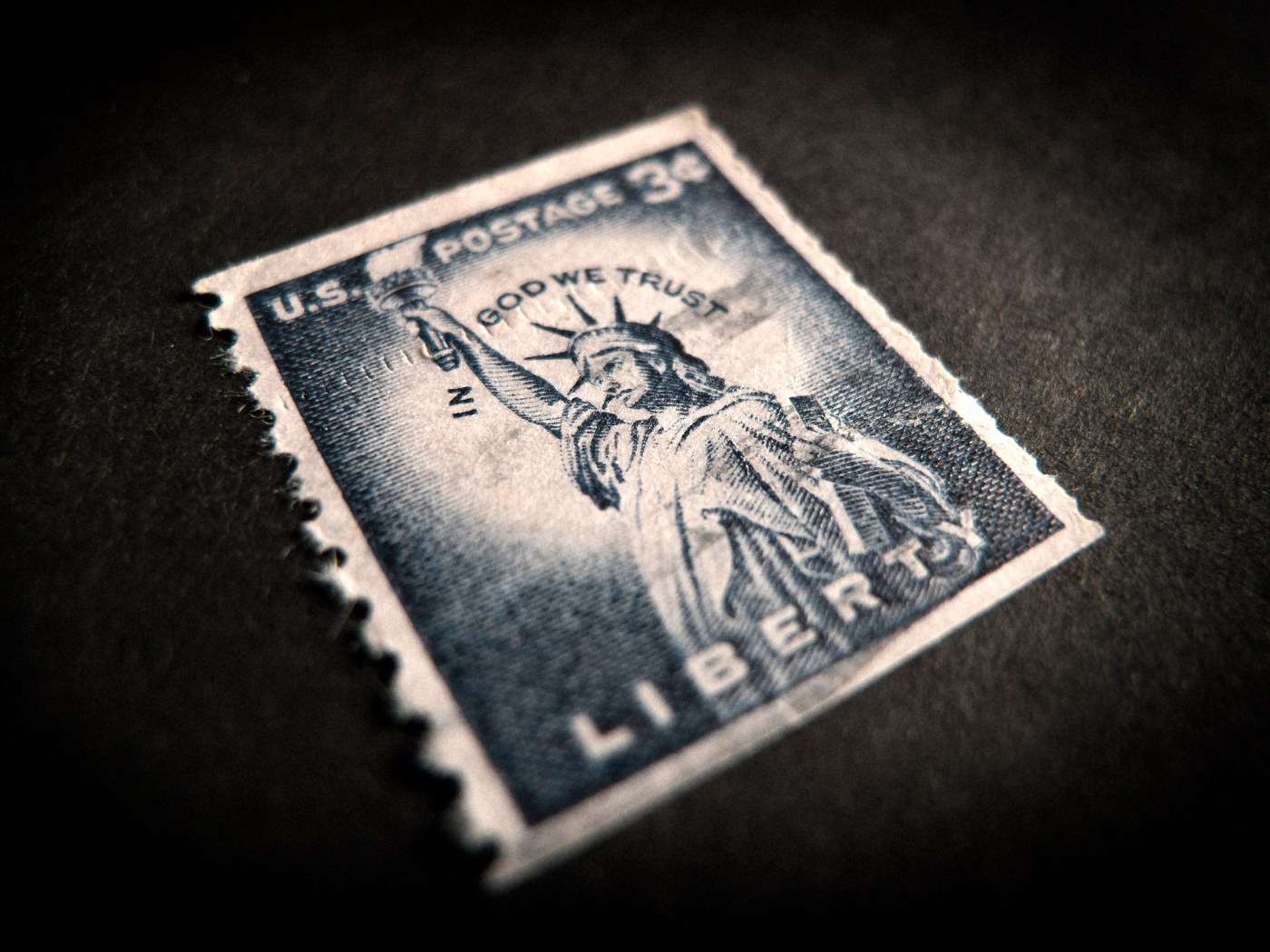
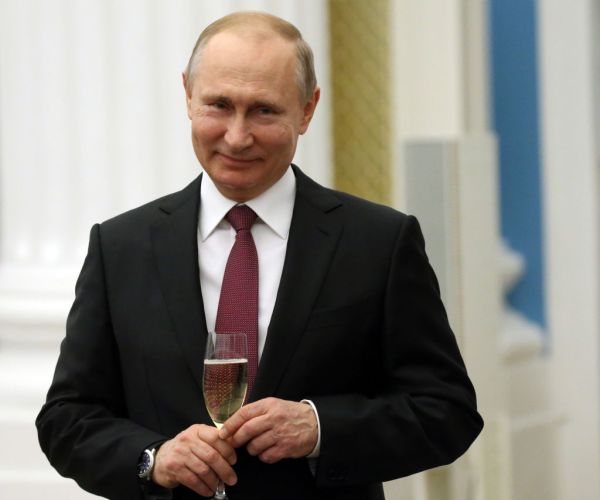
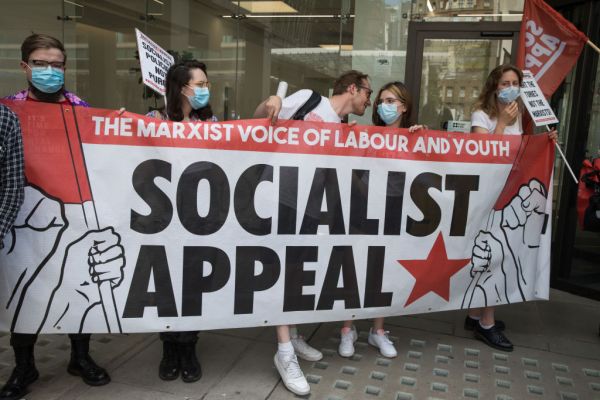
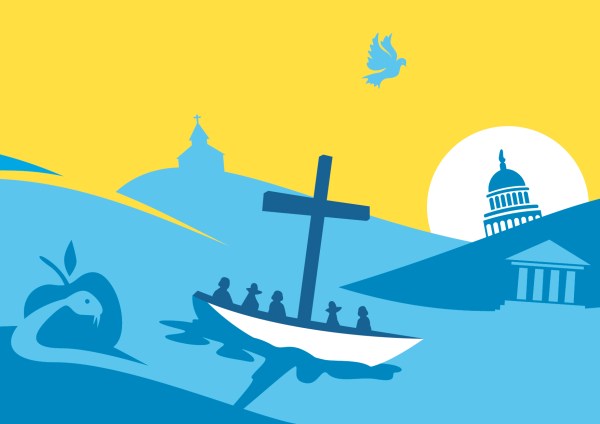
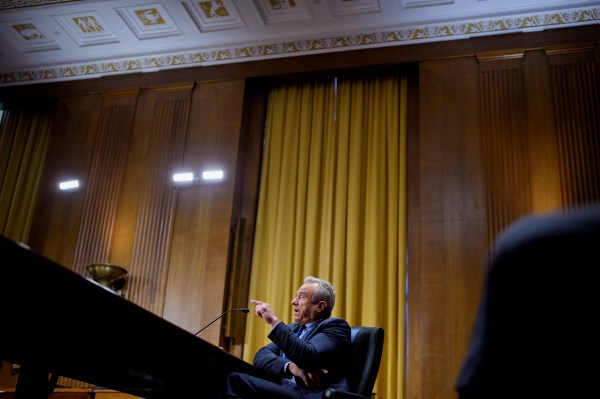
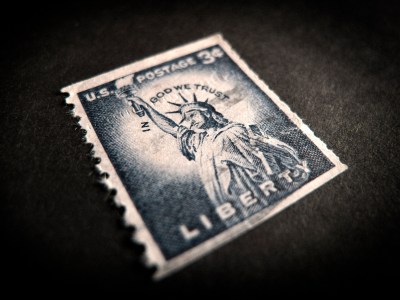
Please note that we at The Dispatch hold ourselves, our work, and our commenters to a higher standard than other places on the internet. We welcome comments that foster genuine debate or discussion—including comments critical of us or our work—but responses that include ad hominem attacks on fellow Dispatch members or are intended to stoke fear and anger may be moderated.
With your membership, you only have the ability to comment on The Morning Dispatch articles. Consider upgrading to join the conversation everywhere.